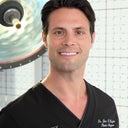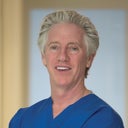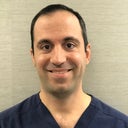Answers (12)
From board-certified doctors and trusted medical professionals
Dr. John Layke, DO, FACS

Dr. John Layke, DO, FACS
Board Certified Plastic Surgeon
Answer
Dr. Larry S. Nichter, MD, MS, FACS

Dr. Larry S. Nichter, MD, MS, FACS
Board Certified Plastic Surgeon
Answer
Dr. David A. Caplin, MD

Dr. David A. Caplin, MD
Board Certified Plastic Surgeon
Answer
Dr. John J. Martin, Jr., MD

Dr. John J. Martin, Jr., MD
Oculoplastic Surgeon, Board Certified in Ophthalmology
Answer
Dr. Mehryar (Ray) Taban, MD, FACS

Dr. Mehryar (Ray) Taban, MD, FACS
Oculoplastic Surgeon, Board Certified in Ophthalmology
Answer
Dr. Samuel Baharestani, MD, FACS
Dr. Samuel Baharestani, MD, FACS
Oculoplastic Surgeon, Board Certified in Ophthalmology
Answer
Dr. Roberta Gartside, MD, FACS
Dr. Roberta Gartside, MD, FACS
Board Certified Plastic Surgeon
Answer
Dr. William Portuese, MD
Dr. William Portuese, MD
Board Certified Facial Plastic Surgeon
Answer
Dr. Edward Farrior, MD
Dr. Edward Farrior, MD
Board Certified Facial Plastic Surgeon
Answer
Dr. Ben Talei, MD
Dr. Ben Talei, MD
Board Certified Facial Plastic Surgeon
Answer
More Brow Lift Questions
See all Brow Lift Q&AWE SEND PRETTY
EMAILS
What’s trending? Who’s turning heads? Which TikTok myths need busting? We’ve got you. No fluff, no gatekeeping—just real talk. Get our free, unfiltered newsletter.